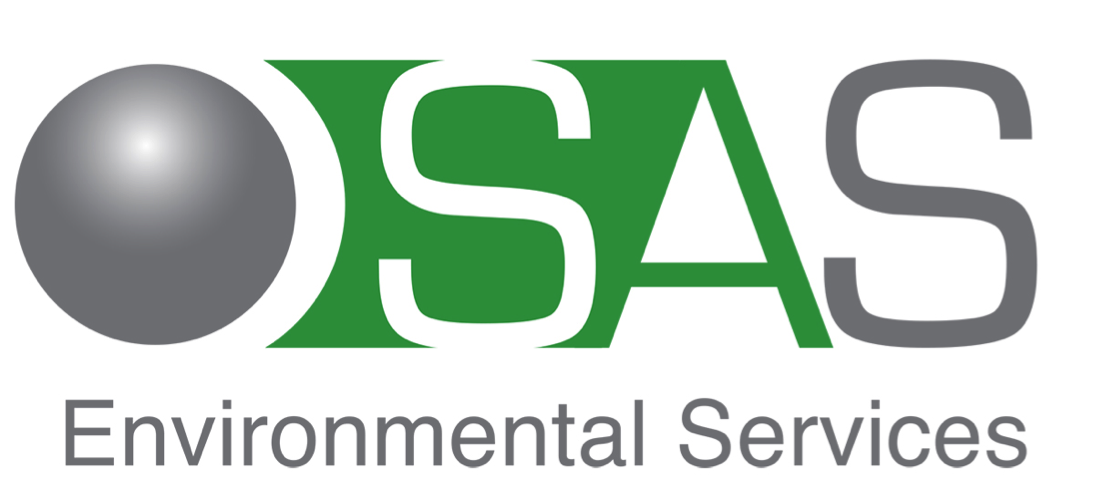Oil Sludge, Malaysia and Me
/An Amazing Country
I’d like to share a recent experience I had in Malaysia as an opportunity to introduce oil sludge from another source that we have not yet covered: the international shipping industry.
Malaysia is one of my favourite places in the world. This country seems to have it all - beautiful countryside, tropical rainforest, beaches, history, friendly people and a unique blend of cultures. It also has a range of oil sludge waste sites scattered throughout the country that to date have been neglected. The sites have been expensive to clean up and the weak regulatory enforcement has created little motivation to take action.
Malaysia’s place in South East Asia and proximity to Singapore means there is a large volume of shipping waste coming ashore. Add to this the usual waste resulting from Malaysia’s growing oil & gas industry and you get a substantial puddle of oil slops and oil sludge.
From my experience, this is the situation:
Oil Sludge in Malaysia - The Official Version
A medium sized container vessel will generate 7 tons of oil slop and sludge each day. Advances in technology mean that today some of this waste can be treated onboard the ships while at sea. Yet, large volumes of this bunker fuel sludge, Marpol waste and oil waste slops need to be off-loaded.
The oil sludge waste is stored onboard in waste tanks and off-loaded in ports like Singapore, Kuala Lumpur and others. A lot of it is dredged out of the tanks off the coast, placed in 4-ton bags or skips and taken onshore by local waste management companies. The waste is then stored along the coast in a chain of waste management sites.
Oil Sludge in Malaysia - The Personal Version
On my last trip to Malaysia, I took a 3-hour drive through what appeared to be endless palm oil plantations (yes, the SAS products can also handle palm oil sludge), we eventually arrived at a rundown gate. Another short drive through the jungle and we came upon a clearing with a few small buildings, an oil waste site and some very shiny high tech equipment. The car parked right next to the waste site with heavy oil sludge. In this case the waste was bunker fuel sludge from the many containerships and tankers that pass the Malaysian coast travelling to and from China, USA and Europe. A friendly security guard tied the two angry looking dogs guarding the site to a tree and waved me to come out of the car.
The site was fairly typical of the many oil waste sites that exist along the coast. These sites, either independently owned or part of larger organizations that own multiple sites, are increasingly looking to recover the oil. There is a transition in approach towards this Marpol waste and bunker sludge from waste treatment to oil recovery.
Much of the recovered oil, and even the untreated oil sludge is transported to China by a slew of Chinese freighters. By first recovering the oil, Malaysian companies are providing higher value and higher quality fuel. At the same time the level of waste is greatly reduced. This entire process is not so much driven by regulation as it is in Europe, but by an entrepreneurial spirit and simple economics. The oil is in the waste and the demand for the oil is there.
It’s this entrepreneurial approach you see everywhere in Malaysia that makes it such an exciting place to do business. Making it economic to do the right thing by cleaning up the waste is precisely what we’re trying to achieve. We want to eliminate waste. One site at a time.



